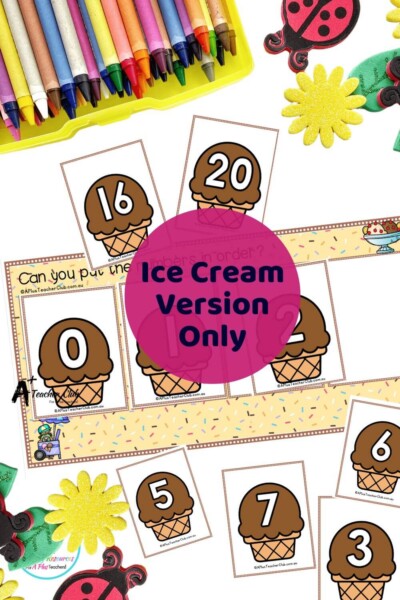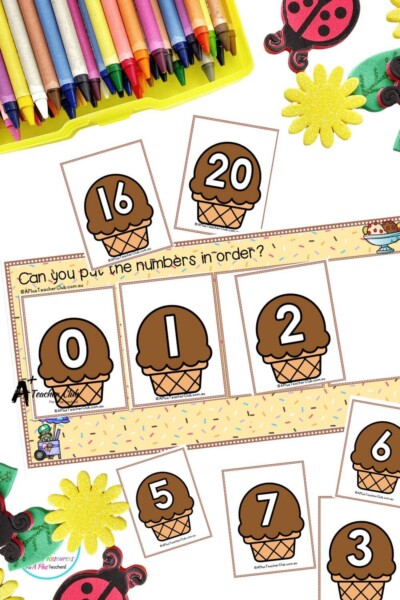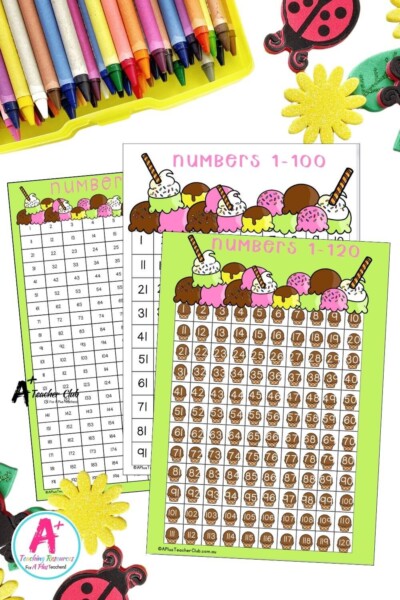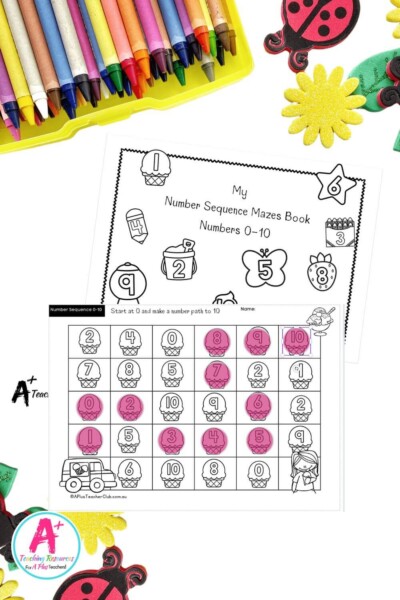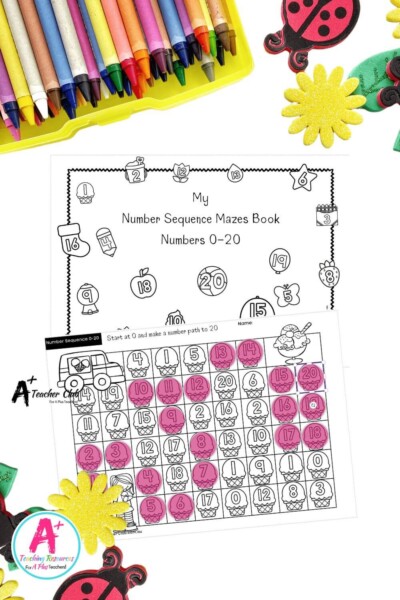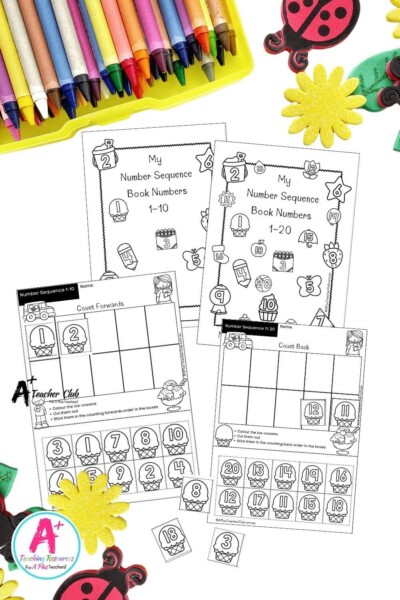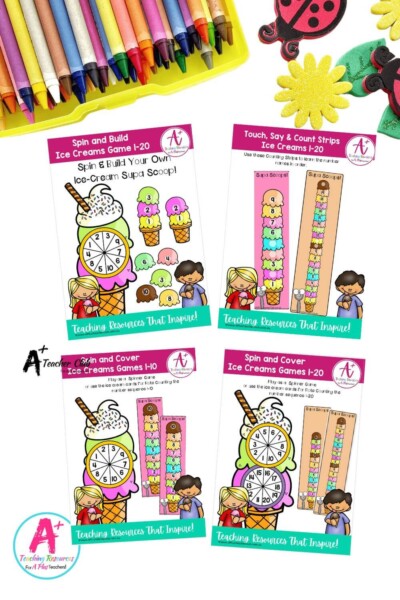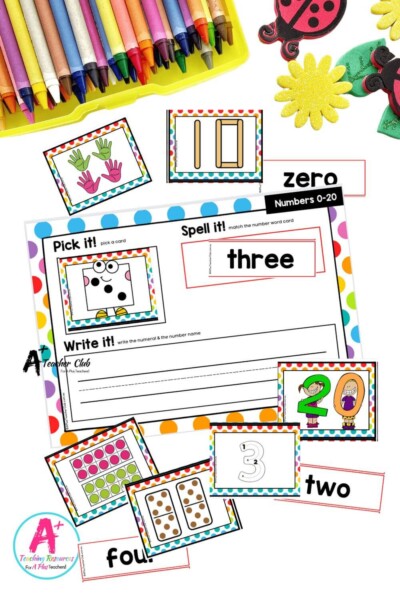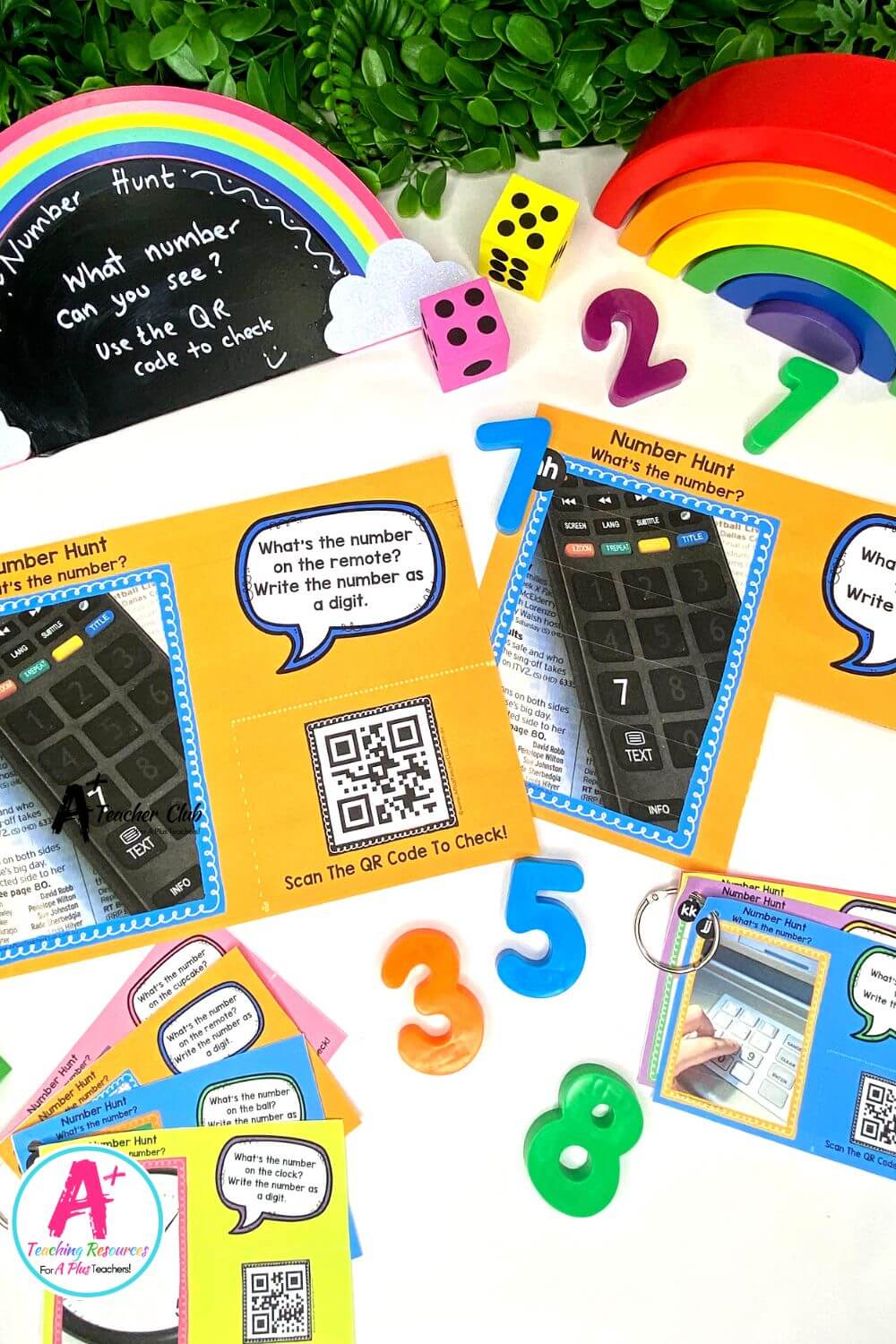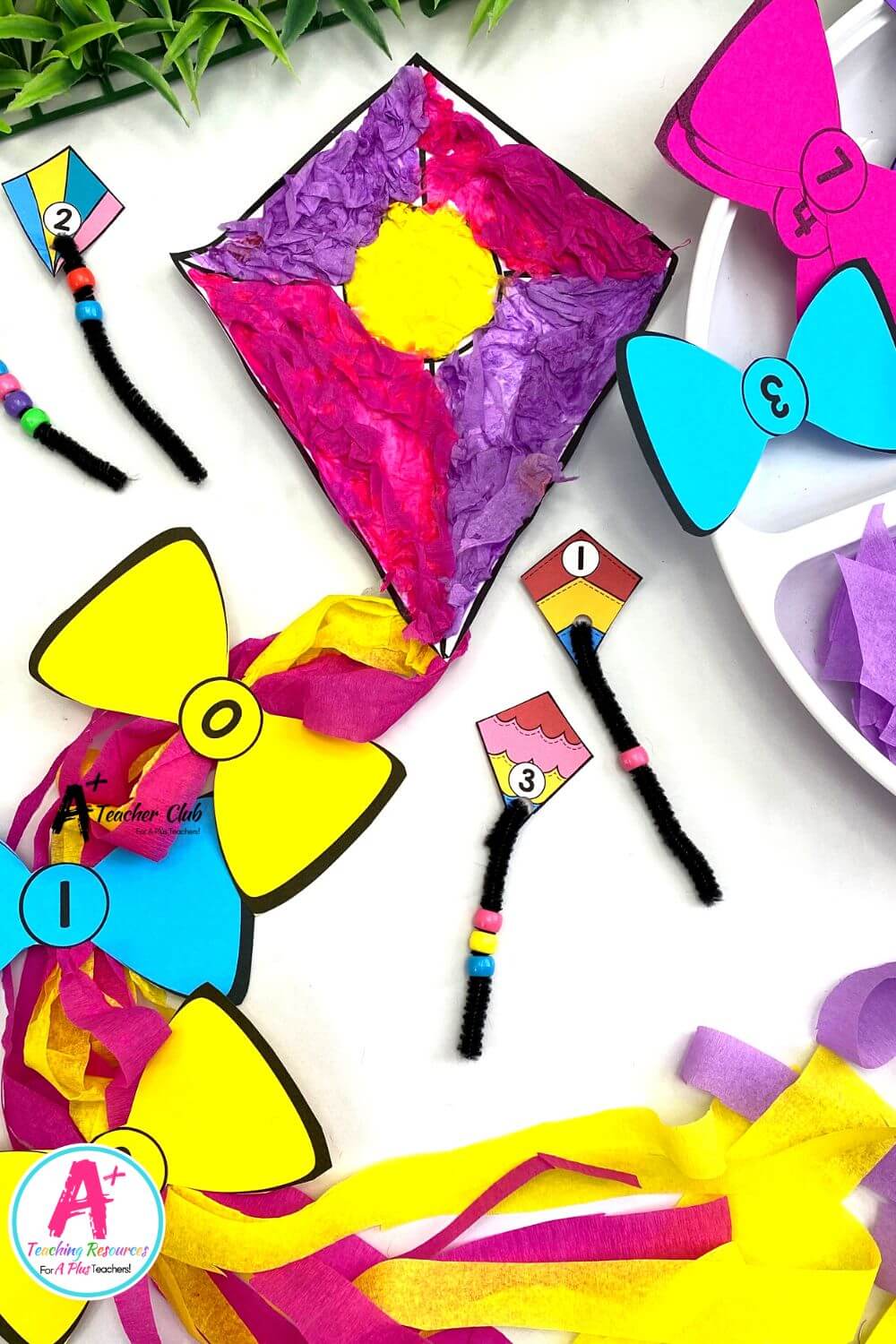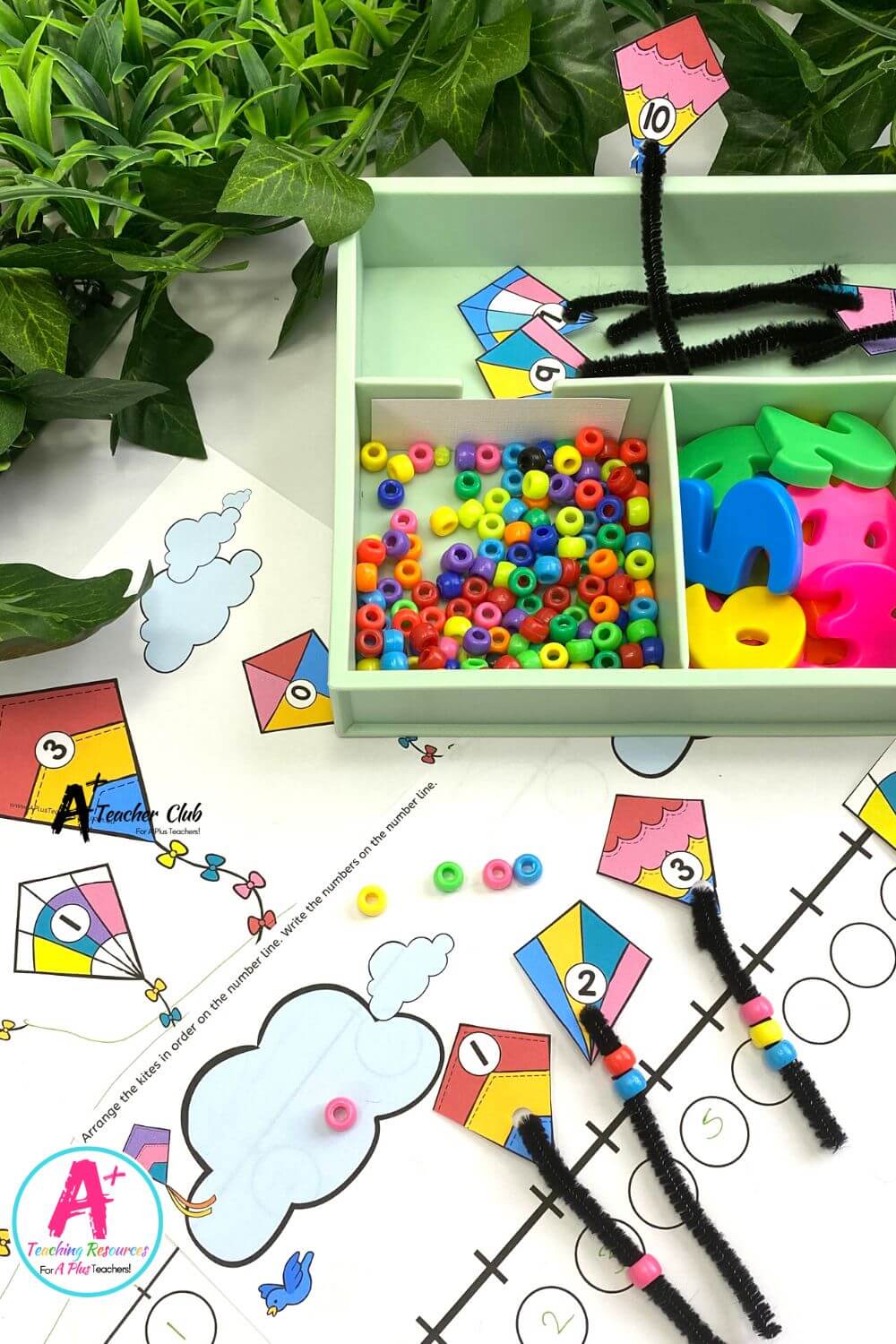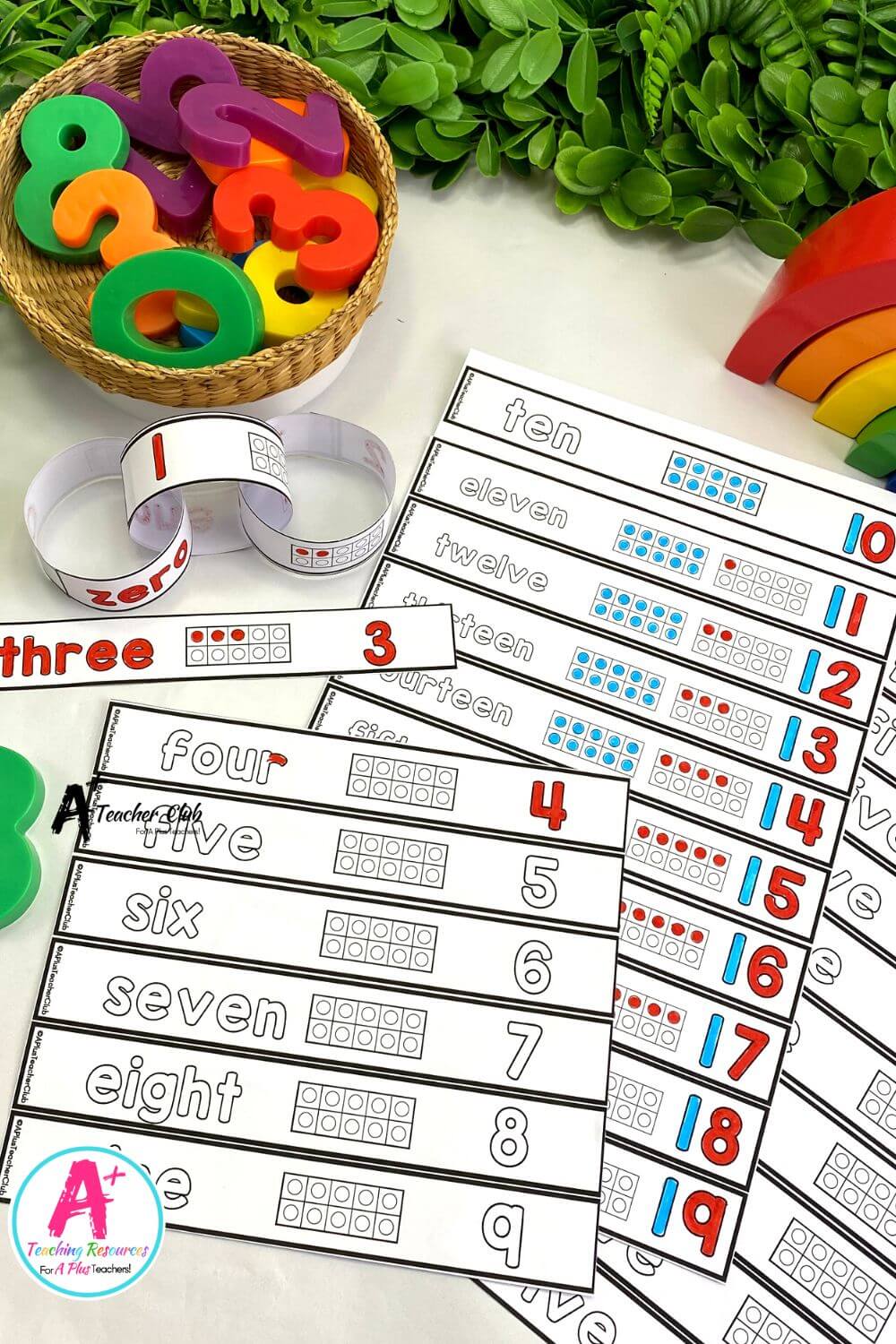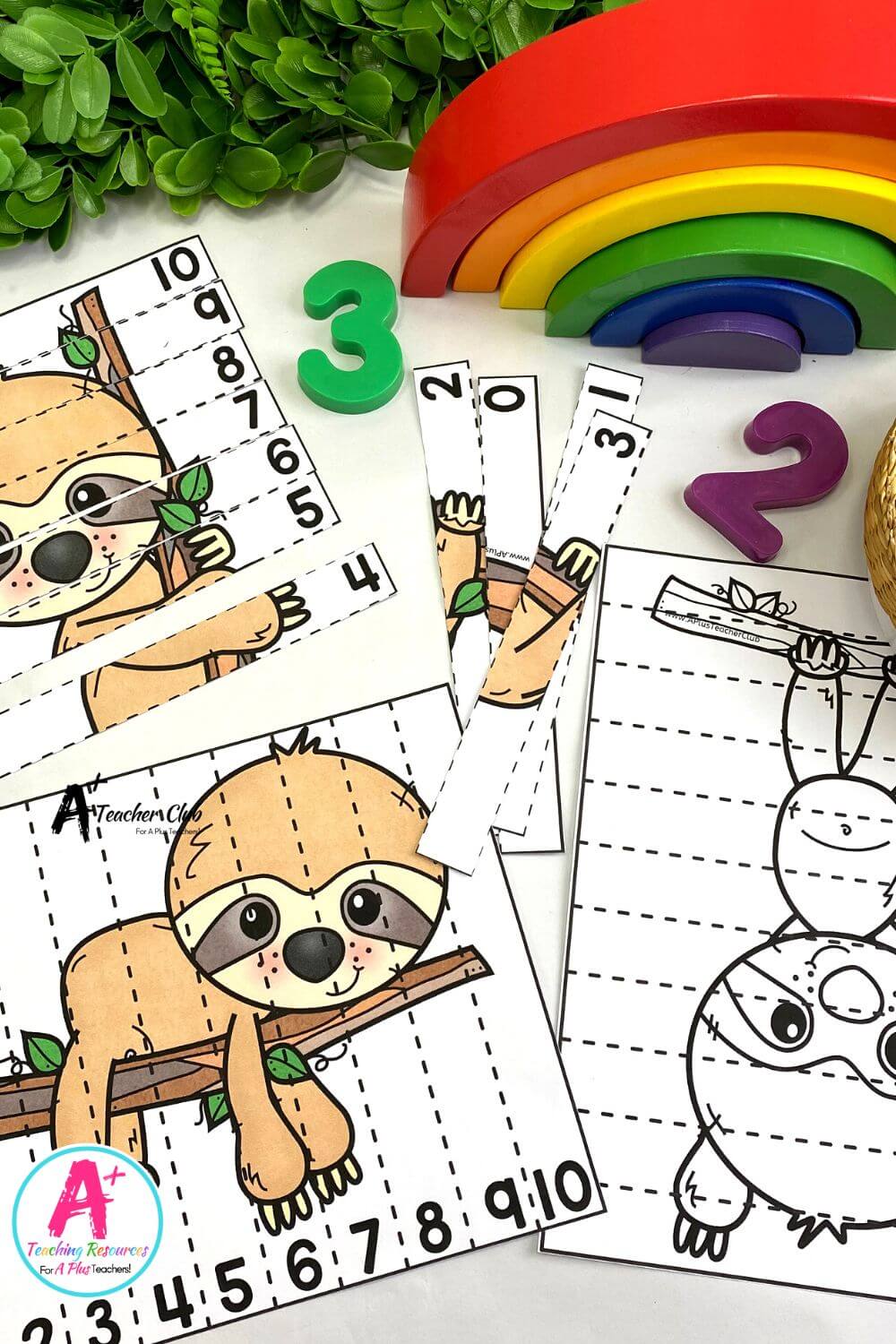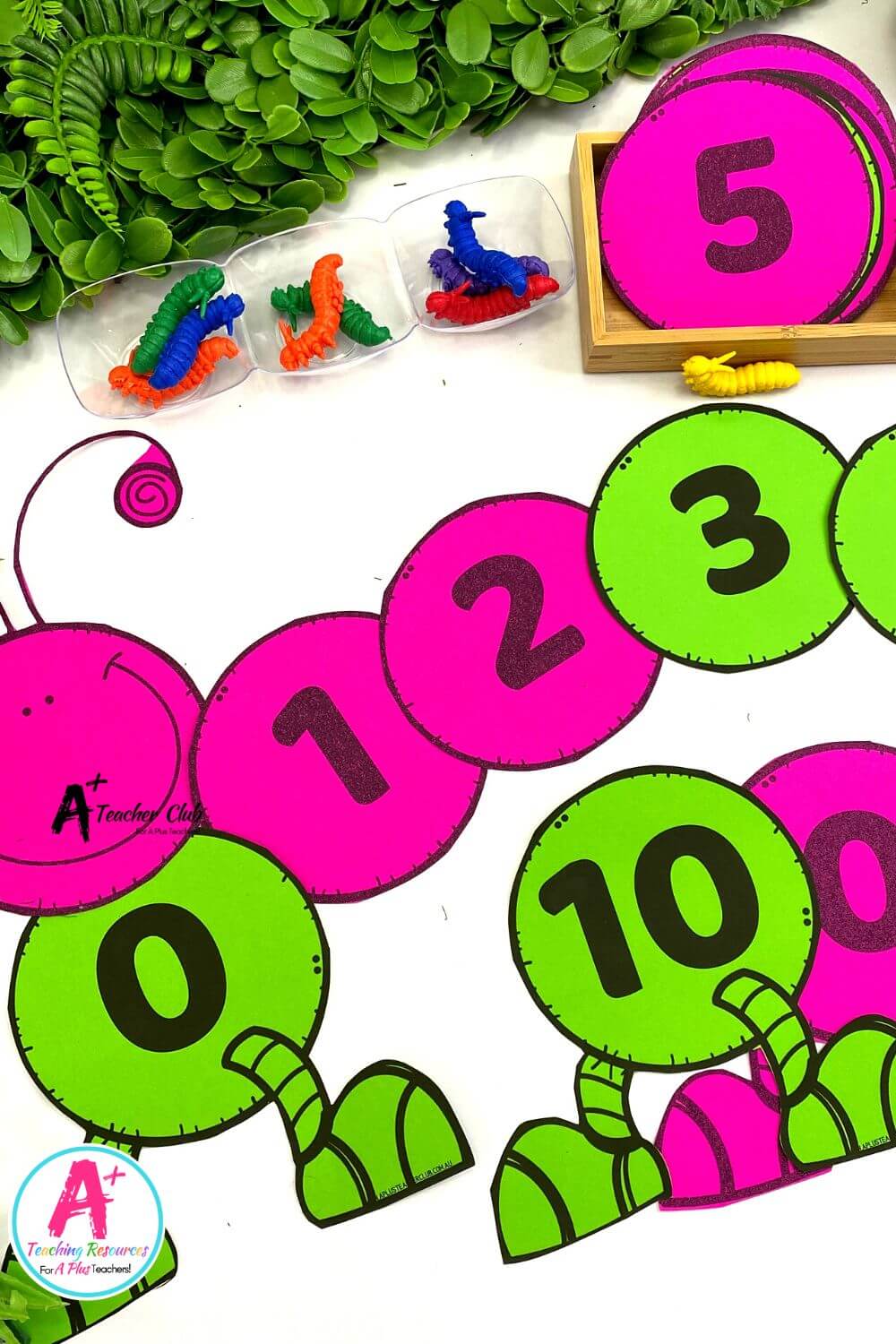Teaching Number Sequence 0-20
Number Sense
Do your students find it challenging to grasp number order? Our Teacher Resources for Teaching Number Sequence 0-20 are the perfect solution, offering a blend of high-quality educational and enjoyable activities. If you’re looking for engaging ways to teach counting, ordering, comparing, and sequencing numbers, you’re in the right place! Keep reading to discover why numbers 1-19 can pose a bit of a challenge.
Introduction to Number Sequences
What is a Number Sequence?
A number sequence is a series of numbers that follow a specific pattern or order. Think of it as a mathematical journey where each number leads to the next in a predictable way. For example, a simple sequence could be counting numbers 1, 2, 3, and so on. But number sequences can also be more complex, involving operations like addition, subtraction, multiplication, or division. Understanding these sequences is crucial for students as it helps them recognise patterns and relationships between numbers, making math more intuitive and less daunting.
Did you know that the first 20 numbers are the hardest to learn? Who knew? That’s because numbers 1-20 have no distinct patterns in the way we say them. This means the only way to learn these numbers is to MEMORISE them. Then we can teach students to use these patterns to help them PREDICT any number even if they have never heard of it!
If you’ve found yourself grappling with the challenge of teaching numbers 1-20, particularly the elusive 11 and 12, fret not. Join us as we explore the intricacies of this numerical landscape and discuss effective strategies to illuminate these concepts for your students.
1. Unsettling Patterns in the ‘Teens:
The seemingly predictable pattern observed in numbers 1-10 takes an unexpected turn with 11 and 12. Teaching this transition requires a delicate balance to ensure students grasp the unique combination of units and tens that defines these numbers.
2. Grappling with Teen Terminology:
Introducing numbers 13-19, each with its distinctive name, can present a linguistic challenge. The inclusion of 11 and 12 further adds complexity, demanding careful attention to ensure clarity and understanding among students.
3. Addressing Limited Exposure:
Unlike numbers 1-10, which enjoy ubiquitous presence, 11-19 often receive limited exposure. As educators, addressing this exposure gap becomes crucial to cultivating a comprehensive understanding among students.
4. Cognitively Supporting Students:
Understanding the ‘teen’ numbers involves cognitive gymnastics, and the introduction of 11 and 12 intensifies the challenge. Supporting students in navigating this complexity requires patience, varied teaching methods, and a recognition of individual learning paces.
Benefits and Importance
Number sequences are more than just a list of numbers; they are a gateway to developing essential mathematical skills. When students engage with number sequences, they enhance their problem-solving abilities, critical thinking, and logical reasoning. Recognizing and creating these sequences allows students to grasp fundamental math concepts such as addition, subtraction, multiplication, and division more effectively. By mastering number sequences, students build a solid foundation that supports their overall math learning journey.
Why Teach Number Sequences?
Teaching number sequences is a cornerstone of effective mathematics education. By introducing these sequences early on, we equip students with the tools they need to develop strong critical thinking and problem-solving skills. Understanding number sequences helps students see the bigger picture in math, recognizing patterns and relationships that are essential for tackling more advanced concepts. This foundational knowledge not only boosts their confidence but also prepares them for future mathematical challenges.
Strategies For Teaching Number Sequence 0-20
- Visual Aids: Bring in some cool visuals and interactive stuff to make those numbers pop. Learning should feel like a party, right?
- Real-Life Math: Show how these numbers play out in real-life situations. Make math the superhero that saves the day in everyday scenarios.
- Practice, Practice, Practice: Encourage students to embrace repetition and practice. The more they hang out with these numbers, the friendlier they’ll become.
So, there you have it – the lowdown on why those numbers 1-19 might be a bit elusive.
There you have it – a comprehensive guide on navigating the quirks of numbers 1-19, spotlighting the mysterious 11 and 12. For fellow educators facing this challenge head-on, we’ve got your back. Elevate your teaching game with our research-based teacher resources designed to make teaching this concept a breeze. Download our awesome materials and transform this numerical adventure into a high-five moment in your classroom!
Resources listed in this collection
Click to jump to...-
Number Sequence 0-20 Flip it Game Ice Creams ONLY
-
Number Sequence 0-20 Flip it Game
-
Number grids 1-100/1-120/1-200 Ice Creams Editable
-
Number grids 1-100/1-120/1-200 Ice Creams
-
Number Sequence 0-10 Mazes
-
Number Sequence 0-20 Mazes
-
Number Sequence 1-20 Cut and Stick Worksheets Editable
-
Number Sequence 1-20 Cut and Stick Worksheets
-
Number Sequence 0-20 Ice Creams Math Centres
-
Number Sequence 0-20 Fairy Tale & Nursery Rhymes Strip Puzzles Editable
-
Number Sequence 0-20 Fairy Tale & Nursery Rhymes Strip Puzzles
-
Number Sequence 1-10 dot to dot
-
Number Sequence 0-20 Builder
-
Number Sequence 0-20 - Spin it, Spell it, Write it!
-
Number Sequence 0-20 QR Code number Hunt
-
Number Sequence 0-20 Kite Craft
-
Number Sequence 0-20 Kite Number Line
-
Number Sequence 0-20 Paperchains
-
Number Sequence 0-20 Sloth Strip Puzzles
-
Number Sequence 0-20 Caterpillar Activity Mats Editable
-
Number Sequence 0-20 Caterpillar Activity Mats
-
Number Sequence 0-20 Caterpillar Number Line Display Pack
Number Sequence Activities
More Kindergarten - Y2 Maths Resources
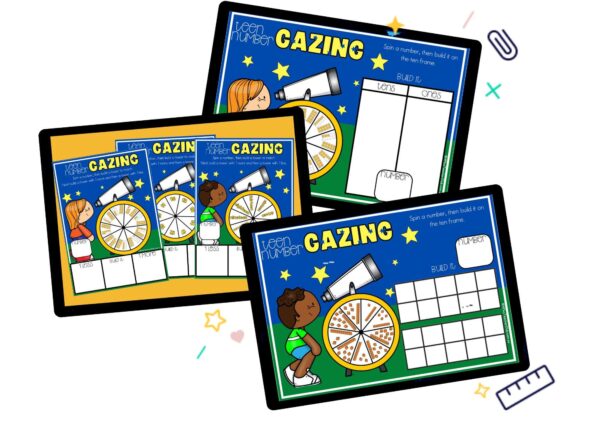
Teen Numbers - Star Gazing Theme

Teen Numbers Collection
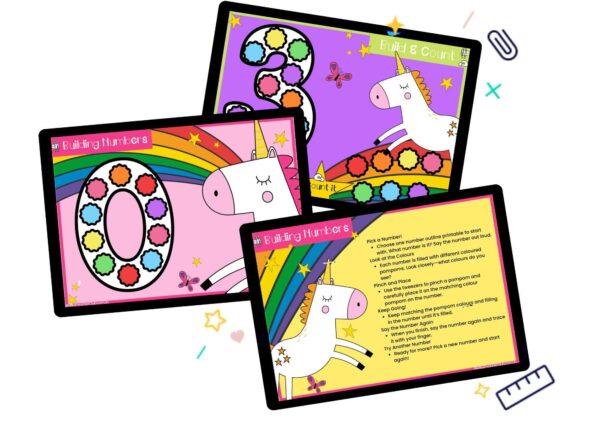
Fine Motor Pom Poms - Numbers 0-30

Number Before / After / Between/ 100 more/less -4-Digits

Number Before / After / Between/ 10 more/less -3-Digits
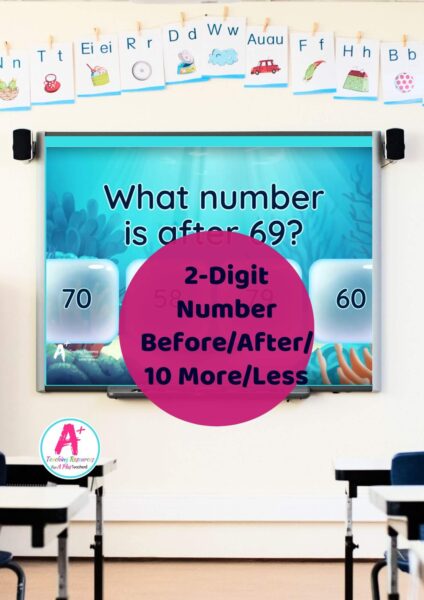
Number Before / After / Between/ 10 more/less -2-Digits

Number Before / After / Between - 1-20

Number Before / After / Between - 1-10
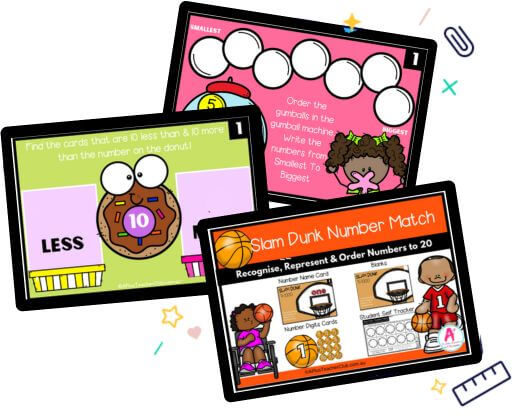
Maths Task Cards - Numbers to 20

Christmas Maths - 0-120
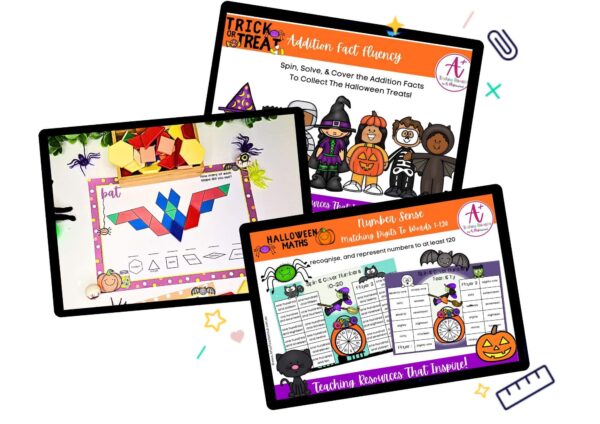
Halloween - Numbers 0-120
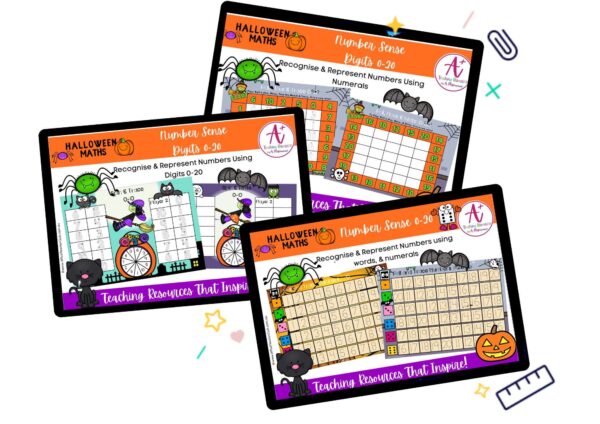
Halloween - Numbers 0-20
Can't find what you're looking for?
Send us a request! Use this form to request a resource. Please give details of the learning area, topic, year level, curriculum links. We’ll be happy to take a look to see if we can fit it in. Unfortunately a request does not guarantee we will be able to make it!
"*" indicates required fields

